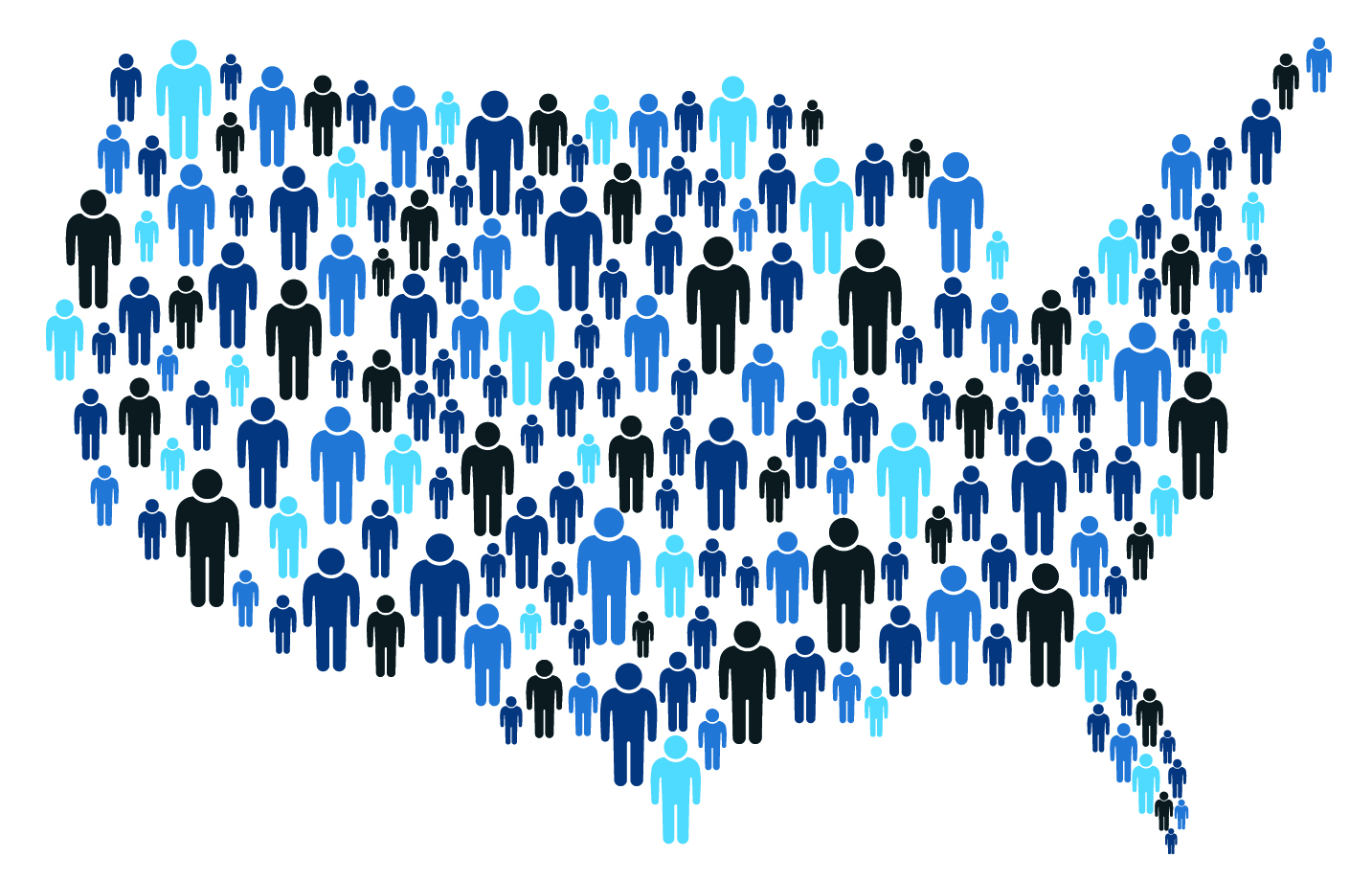
What is the Census?
The census is a constitutionally mandated count of every person living in the United States occurring every decade. Each state’s population impacts redistricting and the allocation of congressional seats. Census data affects our ability to ensure equal representation across all demographic populations. Beyond political representation, the Census guides federal funding for $900 billion annually, state and local program spending, business and real estate development decisions and planning for schools, hospitals and other public services.
Why is the census important?
Dispersal of the $900 billion in federal funds is based on population totals and demographics such as sex, age and race. Funds for approximately 325 federal programs are distributed based on census data. Federal funds cover a wide range of programs including: Section 8 (affordable rental housing), Low-Income Housing Tax Credits, New Market Tax Credits, Community Development Block Grant (community revitalization & development), Medicaid, Head Start, Food Stamps, Temporary Assistance for Needy Families (TANF), and more. As you can see, these programs cover a wide range of vital services utilized by low-and-moderate income households. Local Governments use census data to plan for new schools and to staff hospitals with enough emergency responders. Businesses use population statistics to decide where to build factories, offices and stores, creating jobs and boosting local economies. Real estate developers and city planners look at population changes to plan for city growth, neighborhood improvement and new houses.
What’s different this year?
The 2020 census will be the first of its kind. This year, Census respondents can complete the survey online. People may also submit responses by phone and email. Despite these technological advancements, the 2020 Census faces significant accuracy challenges. Underfunding, changes in methodology, and the last minute attempt to add a citizenship question led to a potential significant undercounting of the American people. Some populations likely to be undercounted include Blacks, children, complex households and renters. When specific demographics are undercounted, political boundaries do not accurately represent the full population, minimizing the voices of those communities. The ambiguity surrounding the addition of a possible citizenship question to the survey created a rhetoric of fear and concern about the Census among the Latinx/Hispanic community and immigrants. With the possible addition of an immigration question, many feared their immigration status would be reported to the department of Immigration and Customs Enforcement.
What can you do to help?
You can help become part of the solution to ensure the 2020 Census is successful and accurately counts the American population. The first, and most important, step you can take is to complete your census survey and respond only once. There are many other ways you can help ensure the Census runs smoothly. Spread the word about the Census and the important role it plays in everyone’s lives and communities. Be sure to address any misconceptions about the Census you may hear. Don’t let a misunderstanding about who can see the census data stop someone from responding. The Census Bureau protects your data and does not share it with any other government agency, like ICE. Stay up to date on changes with the 2020 Census and get reminders when it’s time to complete the survey. You can make a significant difference and help bring more resources to your community!
Additional Helpful Links:
What everyone needs to know about the 2020 Census questions



